Ecological and Architectural Prowess at Memu Earth Hotel
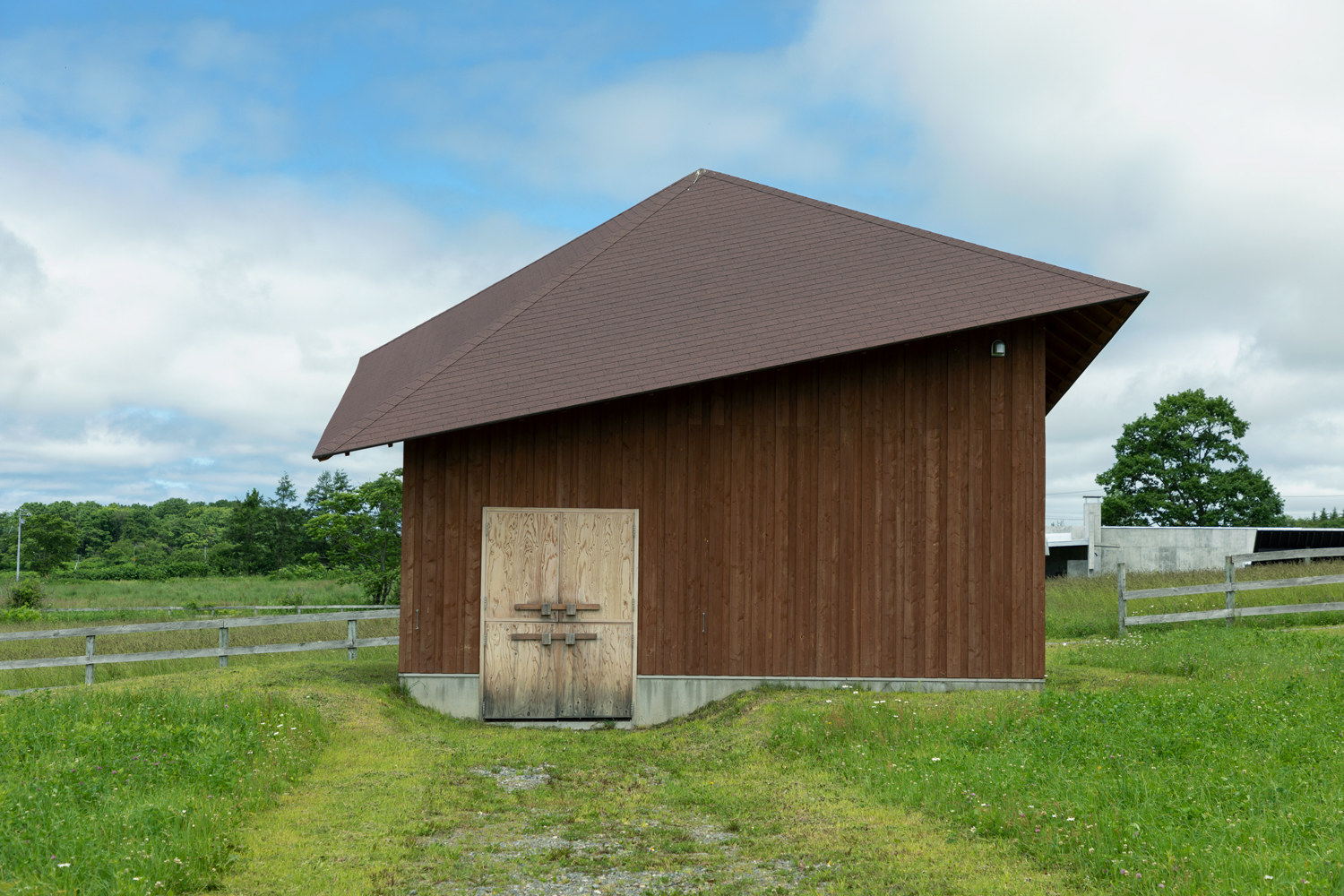
On the northern island of Hokkaido, vast prairies span the landscape. It is here that the Memu Earth Hotel has chosen to set up its architecture, nature and tourism laboratory, opened in 2018. This new-wave hotel highlights the environment surrounding it, plunging its guests into nature, thanks to its unique architecture with outward facing rooms. While the interior decoration of the spaces remains minimalist, the real attraction is the wide open spaces outside.
Guests are initially welcomed into the Studio Memu where you will find the reception and the hotel restaurant. The former pastureland warehouse was renovated by the architect Toyo Ito, and is also home to an art gallery exhibiting work by Japanese artists and local craftspeople. Once you have received your keys, visitors are left to discover their home away from home surrounded by the beauty of nature. Inspired by traditional homes in Hokkaido, the walls and roves of ‘Meme House’ are covered in a specific white cladding in order to better reflect the light and to blend into its surroundings. Inside, captors are able to measure the temperature shifts and collect seismic data which is then sent to research laboratories. The ‘Horizon House’ is equipped with large bay windows, allowing for 360° views throughout the seasons. Made from treated wood, the house produces almost no energy thanks to its sustainable materials and elevated flooring.
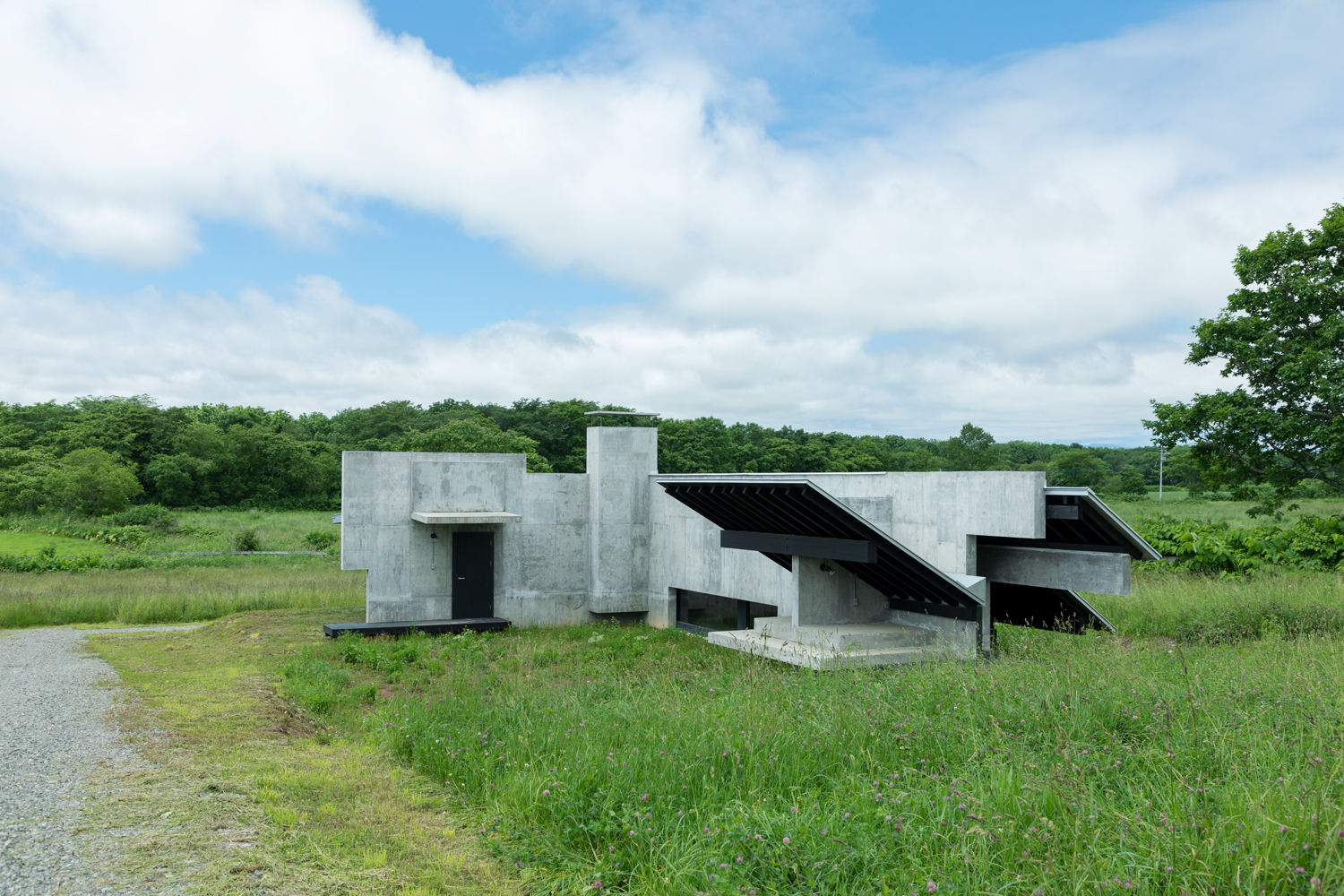
Other architecturally sustainable highlights include the ‘Inverted House’, which, as the name implies, is inverted, with its interior facing outwards, observing the changes in season. Day to day tasks such as cooking, bathing and sleeping are thus all open air tasks, which can of course be brought inside weather depending. Elsewhere the Barn House presents a proposal for cohabitation between animals and humans. The space is both a residential abode and a stable for horses, with man and beast sharing the same space, one on the ground floor, the other on the first floor. Notably, horse manure is used as compost which once heated, warms up the living space.
Aside from the bedrooms, the restaurant favours local and seasonable products from Hokkaido, and limits waste wherever possible. The occasional waste products are turned into compost and returned to the cultivators that provide the fruits and vegetables to the restaurant.
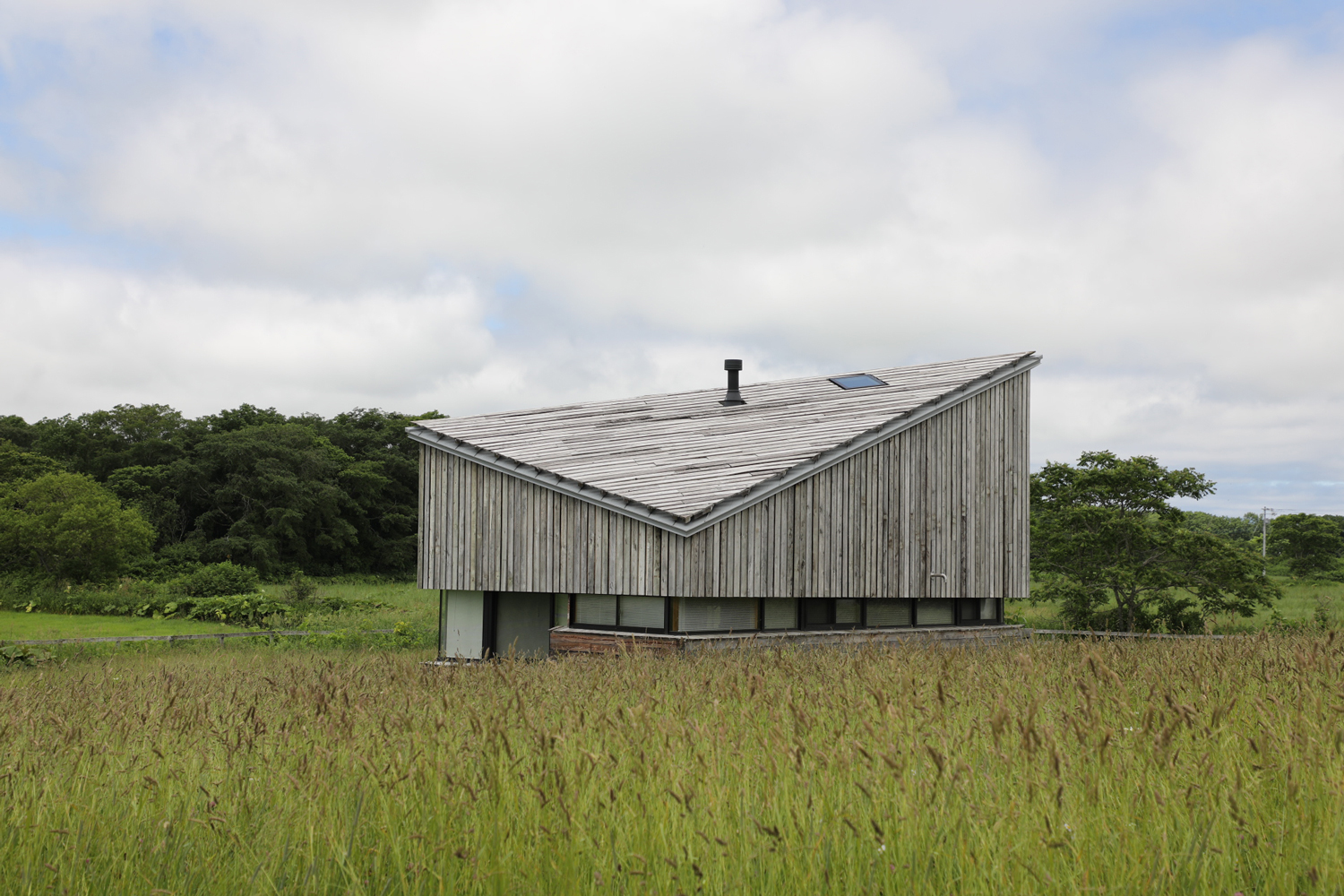

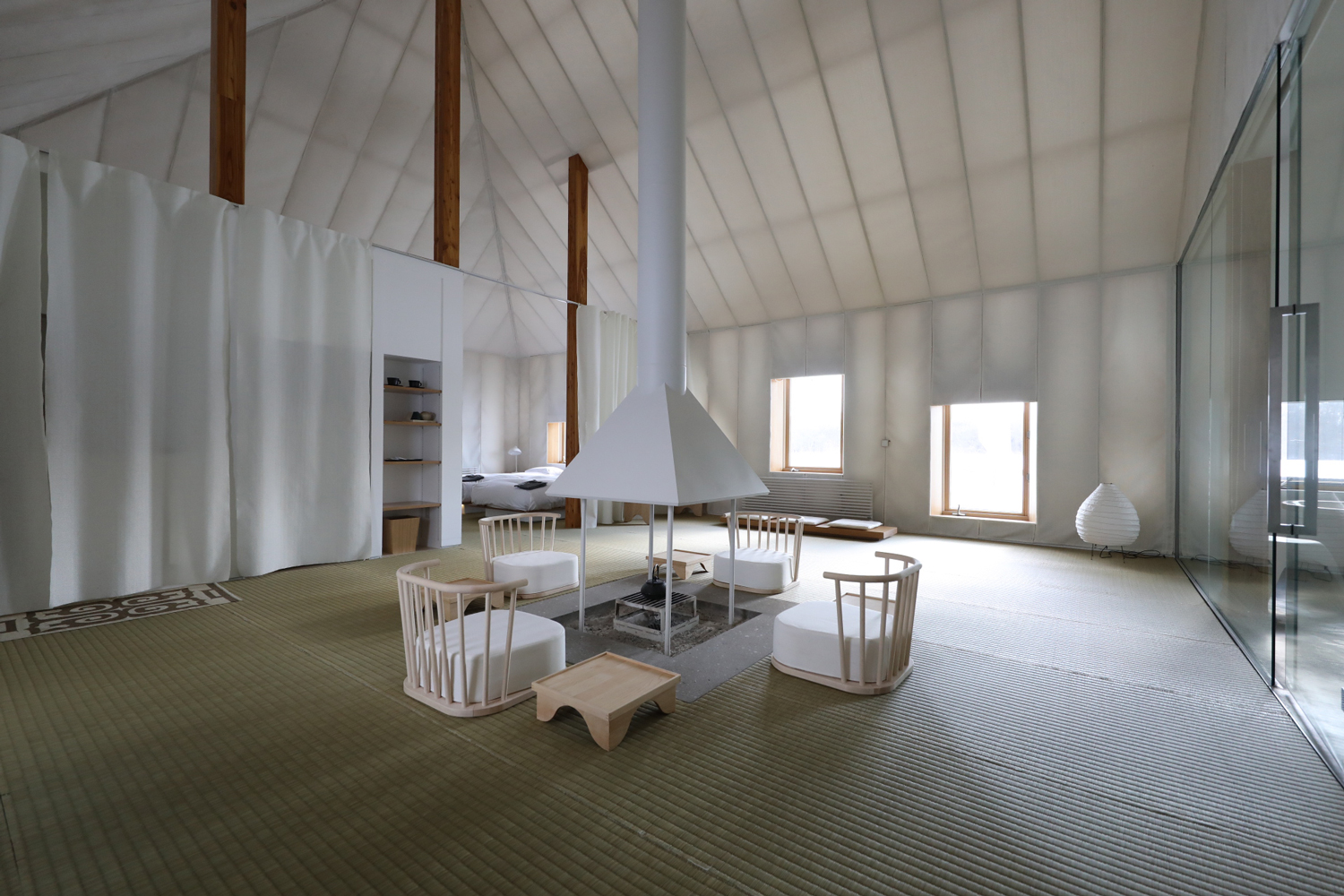
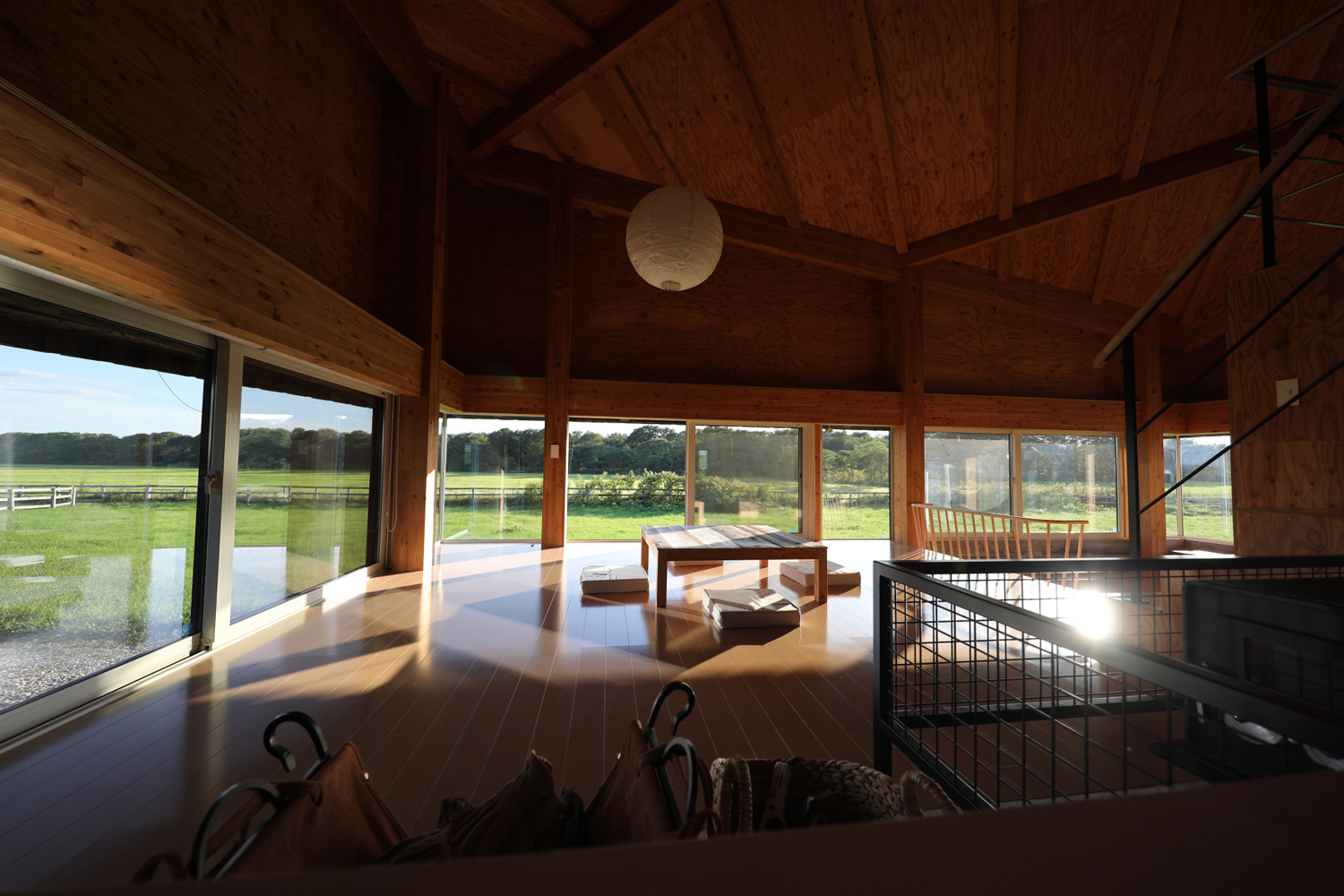
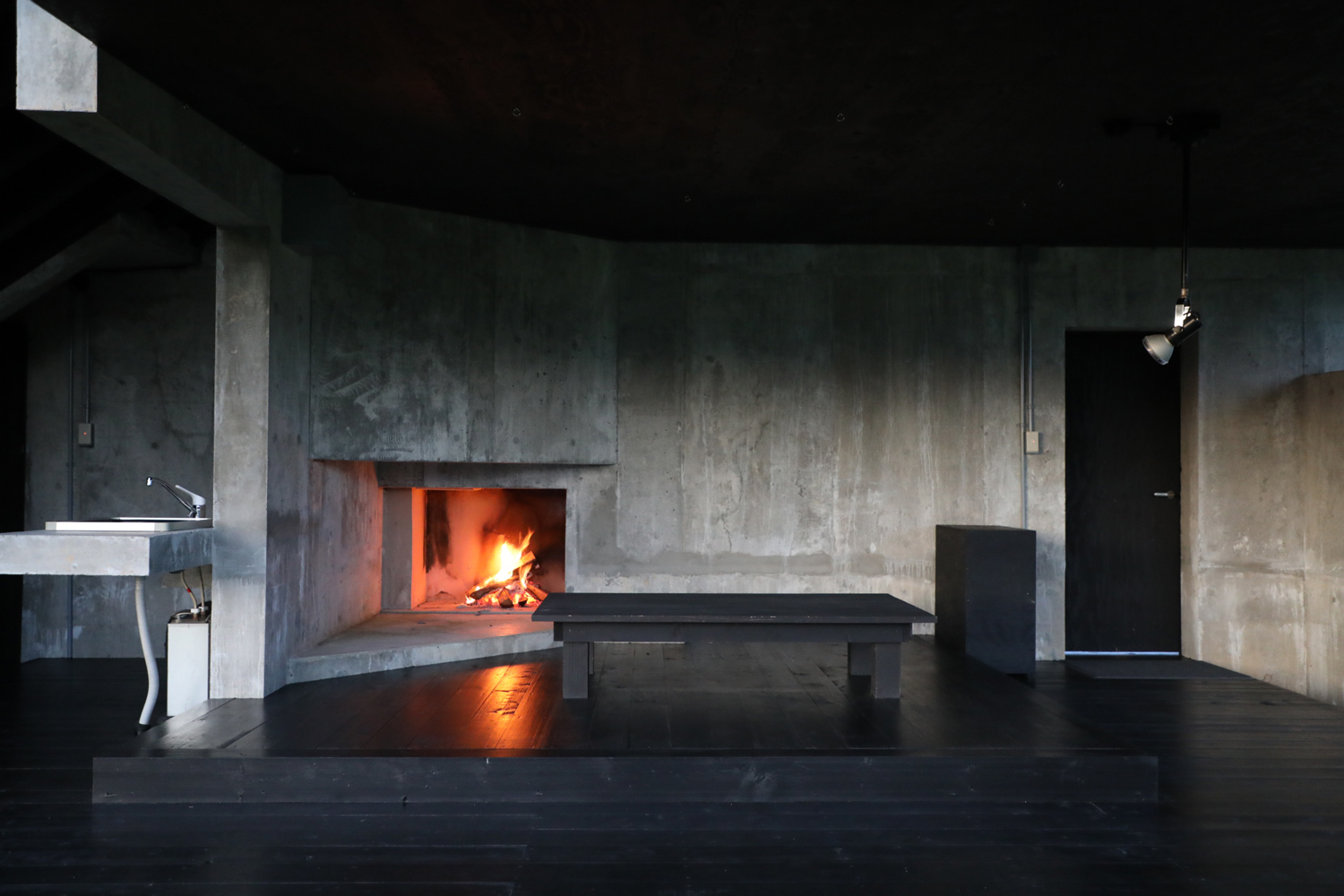
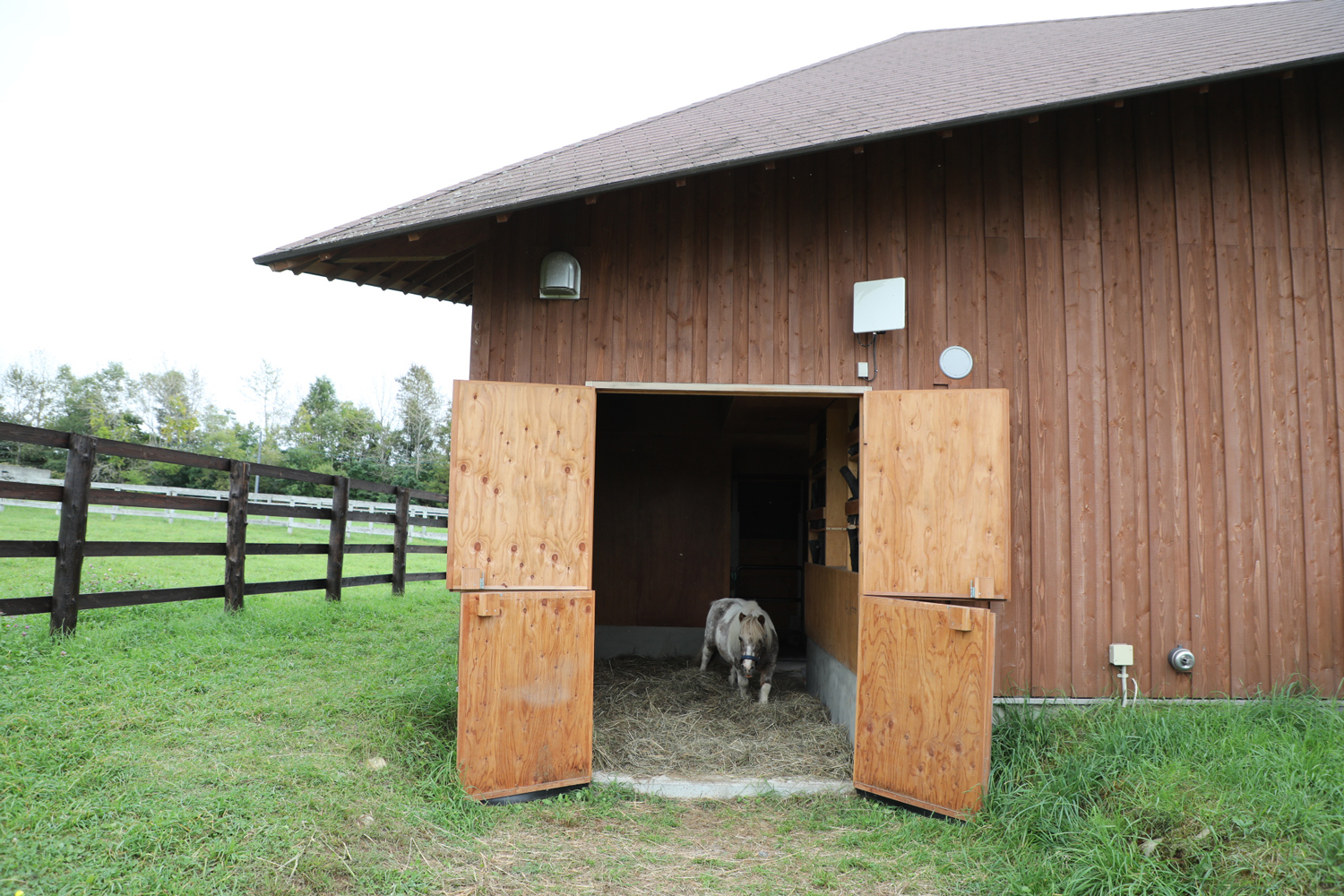
TRENDING
-
The Tattoos that Marked the Criminals of the Edo Period
Traditional tattoos were strong signifiers; murderers had head tattoos, while theft might result in an arm tattoo.

-
Chiharu Shiota, Red Threads of the Soul
Last year, more than 660,000 people visited the retrospective 'Chiharu Shiota: The Soul Trembles' exhibit at the Mori Art Museum.

-
‘Before Doubting Others, Doubt Yourself. Who Can Truly Say a Dish Isn’t What It Used to Be?’
In ‘A Non-Conformist’s Guide to Surviving Society’, author Satoshi Ogawa shares his strategies for navigating everyday life.

-
The Story of Sada Yacco, the Geisha who Bewitched Europe
Described by Dazed magazine as the first beauty influencer, she has been restored to her former glory since 2019.

-
Ito Jakuchu's Naturalist Paintings
From 15 September until 14 October 2018, the Petit Palais showcased the artist's iconic ‘Images of the Colourful Realm of Living Beings’.





